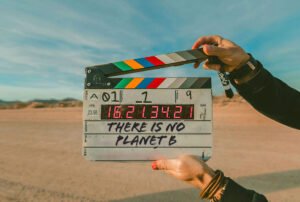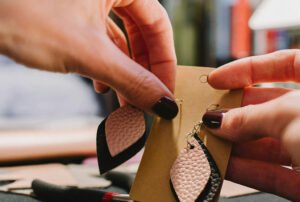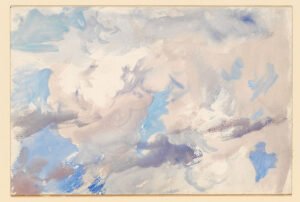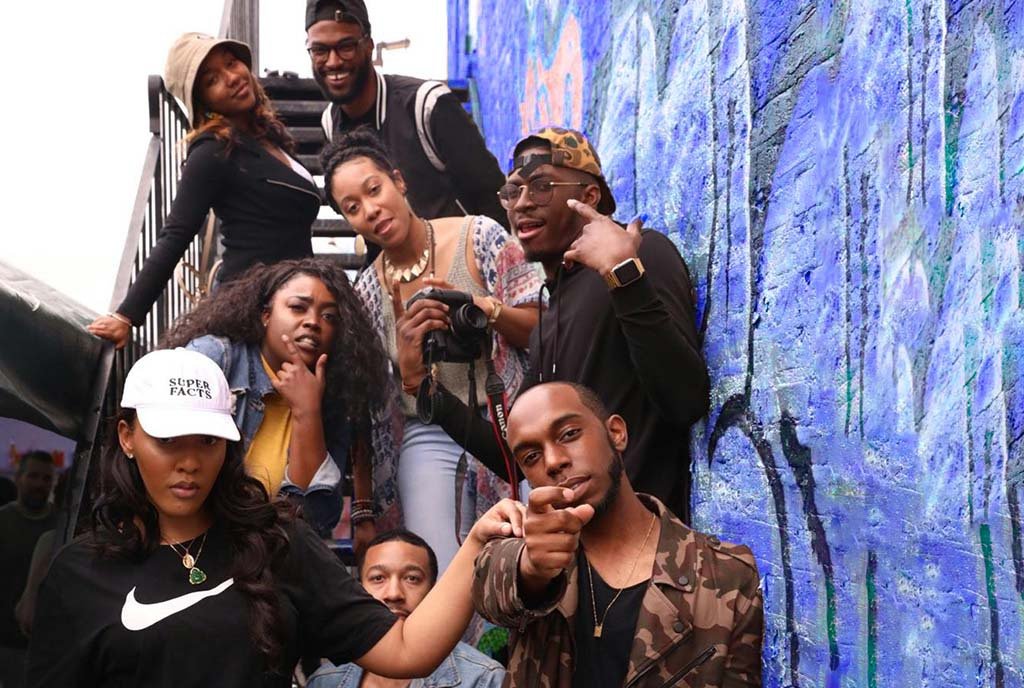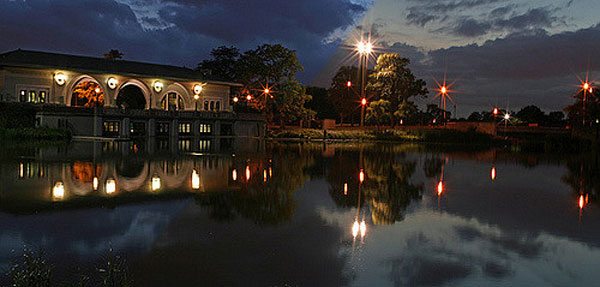
September 19, 2017; Next City
In Chicago’s Humboldt Park neighborhood, which has a decidedly Puerto Rican flavor, four derelict buildings are about to be transformed into a mixed-use complex intended to both bring economic development to the community and ensure that artists of color can continue to live there. As reported in Next City, the Nancy Maldonado/Paseo Boricua Arts Center will provide affordable live-work apartments for as many as 30 artists, along with a gallery and a 100-seat theater on the ground level. Importantly, the resident artists selected through an application process will be asked to complete “a 12-week small business boot camp” to develop viable business plans and advance their financial literacy.
The buildings were purchased for $2.5 million by The Puerto Rican Cultural Center, whose executive director, Jose Lopez, says, “Looking at artists, many are very lacking in business sense. We almost have to develop a culture of entrepreneurship from the ground up.” The business boot camp will be offered by the Division Street Business Development Association. The construction project is expected to cost $12 million, and Lopez is working on a business plan to fund the project—and to demonstrate that the building will be self-sustaining when completed.
Artists have long been associated with the revitalization of struggling urban neighborhoods. In search of affordable spaces to live and to make their art, they often move into challenged areas, and slowly help to breathe new life into them. Unfortunately, once a neighborhood starts to take off, artists sometimes get priced out of the real-estate booms they helped to create. NPQ has covered this topic extensively. In a 2016 newswire, the concept of “artwashing” a neighborhood was addressed, with artists recognizing that they are sometimes both complicit in and victims of gentrification. And a recent newswire by Cyndi Suarez concluded:
Sign up for our free newsletters
Subscribe to NPQ's newsletters to have our top stories delivered directly to your inbox.
By signing up, you agree to our privacy policy and terms of use, and to receive messages from NPQ and our partners.
Artists can join their local community’s housing activism and refuse to let their art or galleries become white-dominant spaces. In short, artists need to go back to identifying with resistance movements and figuring out how to link them to the art world.
A 2015 article in The Line made the case that artists can be “the connective tissue” in a neighborhood—but only if they can afford to live there.
In Chicago, the planned live-work space for artists is in part the realization of a long-held vision of poet Eduardo Arocho, who is also executive director of the Division Street Business Development Association; and in part a reaction to rapid gentrification. As reported in Next City, “When the 606, a 2.7-mile elevated trail that runs through Wicker Park, Bucktown, Humboldt Park and Logan Square, was unveiled in 2015, real estate values skyrocketed and also prompted concerns about affordability.”
The Paseo Boricua project has much to recommend it. In addition to supporting the artists as businesspeople, filling the space with Puerto Rican diaspora artists (and other artists of color) will help the neighborhood hold on to its ethnic identity. The gallery and theater spaces will help local residents to connect with the resident artists. And, as Chicago Alderman Roberto Maldonado (for whose late wife the new center will be named), notes, “The pace of gentrification is rampant, I’m not going to deny that. The artist center is an example of how we can slow it down and support economic diversity.”—Eileen Cunniffe





